First Class remains the ultimate symbol of commercial flight luxury. As many airlines discontinued or cut back on their First Class cabins in recent years, there remains a select group willing to invest heavily on their First Class seats. From private suites with sliding doors to onboard showers and fine dining at 35,000 feet, these suites define the peak of comfort and exclusivity.
In this article, we look at which airlines have the most First Class seats in 2025, with their fleet composition, airplane types, and busiest routes where such luxurious products are on offer. The ranking indicates how the legacy carriers and Gulf giants continue to rule in First Class seats by airline, irrespective of new designs and next-generation suites being rolled out.
*Note: All seat counts, aircraft types, and route data are based on October 2025 schedules.
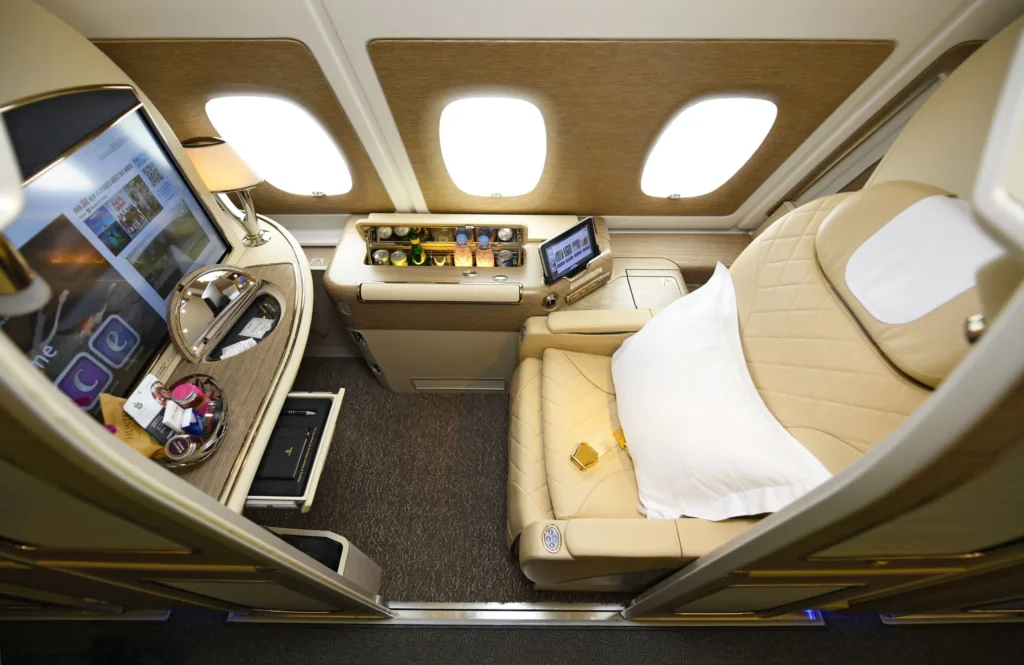
1. Emirates: 2,254 seats in 206 aircraft
Aircraft Types: 104 Airbus A380, 102 Boeing 777-300ER
Popular Routes: Dubai–London Heathrow, Dubai–Singapore, Dubai–Cairo, Dubai–Paris, Dubai–Sydney
Unsurprisingly, Emirates leads the global First Class market, with more than triple the capacity of its nearest rival. EK’s fleet of Airbus A380 and Boeing 777-300ER features some of the most luxurious products in the sky, from private suites to onboard shower spas.
Notably, it’s First Class capacity is heavily concentrated on trunk routes connecting Dubai to major global cities, ensuring Emirates remains synonymous with luxury long-haul travel.
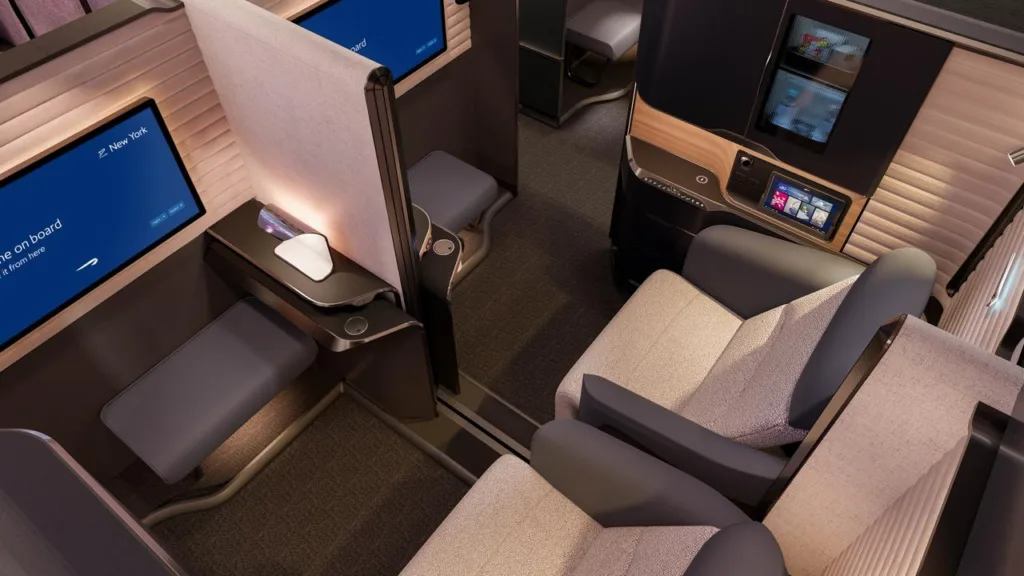
2. British Airways: 680 seats in 76 aircraft
Aircraft Types: 12 Airbus A380, 18 Boeing 777-200ER, 16 B777-300ER, 18 B787-9, 12 B787-10
Popular Routes: London Heathrow–New York JFK, London Heathrow–Los Angeles, London Heathrow–Johannesburg, London Heathrow–Boston, London Heathrow–Dubai
British Airways (BA) ranks a distant second, but remains Europe’s largest operator of First Class, operating the cabin across a wide range of aircraft. Its most prominent markets are transatlantic routes, particularly New York JFK, which has long been the crown jewel of its First Class network.
Moreover, its busiest First Class routes reflect a strong mix of corporate travel and premium capacity demand.
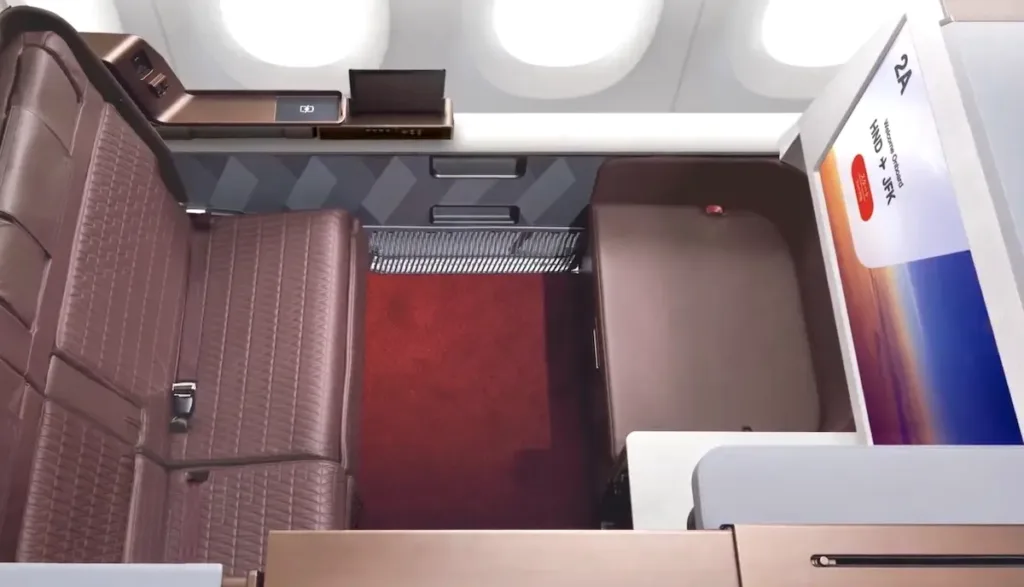
3. Japan Airlines: 401 seats in 49 aircraft
Aircraft Types: 16 Airbus A350-900, 10 A350-1000, 9 Boeing 767-300ER, 10 B777-300ER, 4 B787-8
Popular Routes: Fukuoka–Haneda, Sapporo–Haneda, Okinawa–Haneda, Osaka–Haneda, Kagoshima–Haneda
Unlike most carriers, Japan Airlines deploys its First Class product heavily on domestic trunk routes rather than long-haul international flights. Demand for premium seating in Japan’s domestic market remains strong, particularly among business travelers. This gives JAL a unique First Class footprint compared to its global competitors.
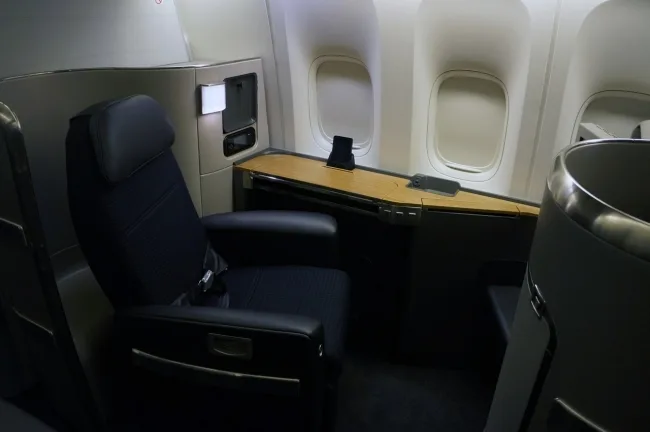
4. American Airlines: 310 seats in 35 aircraft
Aircraft Types: 15 Airbus A321, 20 Boeing 777-300ER
Popular Routes: New York JFK–Los Angeles, New York JFK–San Francisco, Dallas–London Heathrow, Los Angeles–Boston, New York JFK–London Heathrow
American Airlines remains one of the few U.S. carriers still offering First Class, with capacity split between the Airbus A321 (on premium domestic transcon services) and the Boeing 777-300ER.
On domestic routes, its A321 transcontinental service provides a First Class cabin marketed as a premium flagship product. On international flights, the Boeing 777-300ER also offers First Class to major hubs in Europe, making AA a rare outlier in the U.S. market.
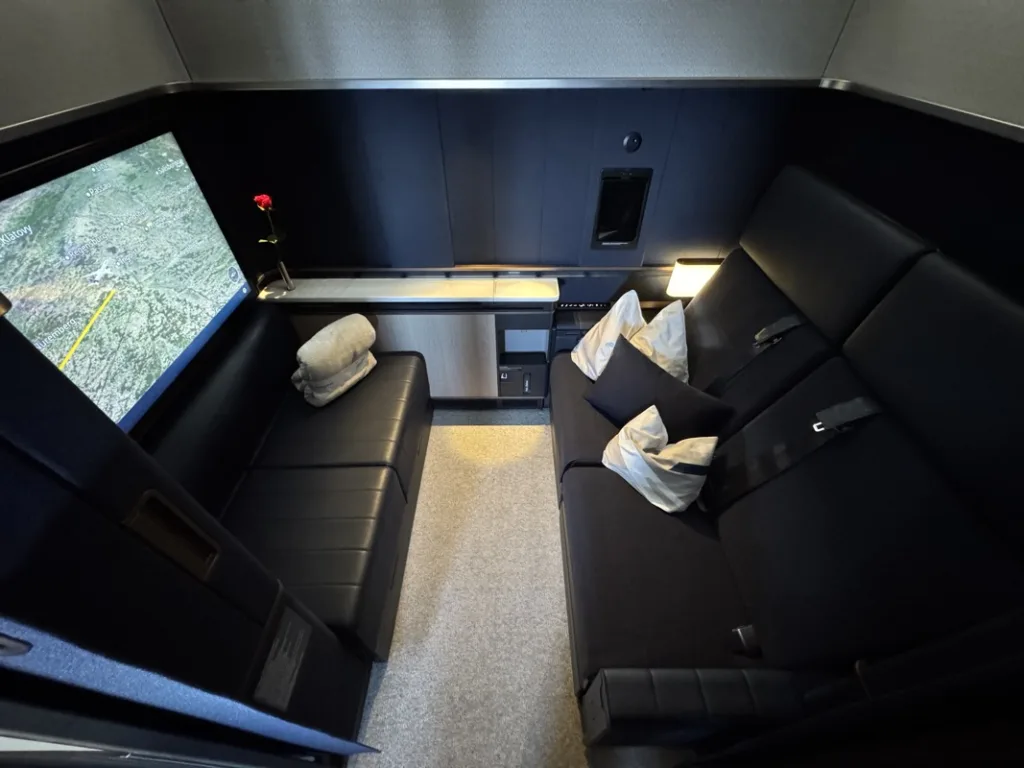
5. Lufthansa: 304 seats in 43 aircraft
Aircraft Types: 6 Airbus A340-600, 10 A350-900, 8 A380, 19 Boeing 747-8
Popular Routes: Frankfurt–Chicago, Frankfurt–Buenos Aires, Frankfurt–Johannesburg, Frankfurt–Los Angeles, Frankfurt–San Francisco
Lufthansa’s First Class remains one of the most recognized luxury products in the world. Operated on a mix of Airbus and Boeing widebodies, the product is heavily concentrated on long-haul routes out of Frankfurt.
Moreover, the U.S. and South America remain vital First Class markets for Lufthansa, alongside select prestige services to Africa.
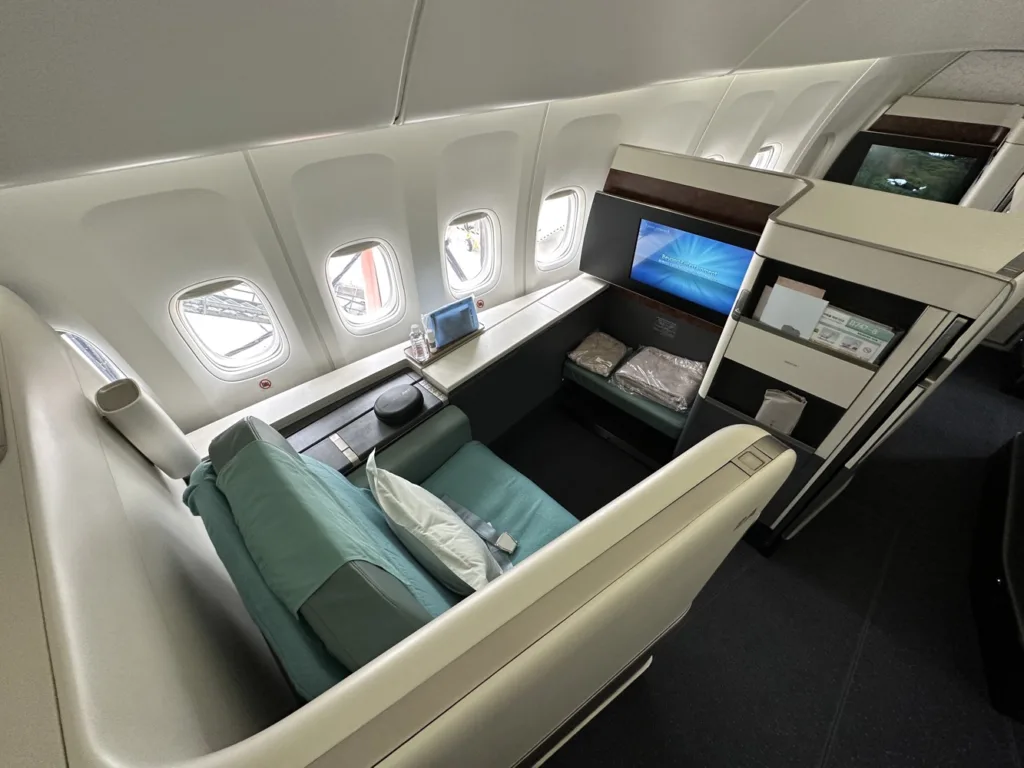
6. Korean Air: 302 seats in 36 aircraft
Aircraft Types: 6 Airbus A380, 5 Boeing 747-8, 25 B777-300ER
Popular Routes: Seoul–New York JFK, Seoul–Bangkok, Seoul–Los Angeles, Seoul–Manila, Seoul–Guam
Korean Air’s First Class capacity spans both intercontinental and regional routes. While its flagship services connect Seoul to major US cities like New York and Los Angeles, the airline also offers First Class on shorter routes to popular destinations, including Bangkok and Manila. This allows Korean Air to serve both popular international markets and high-yield regional traffic.
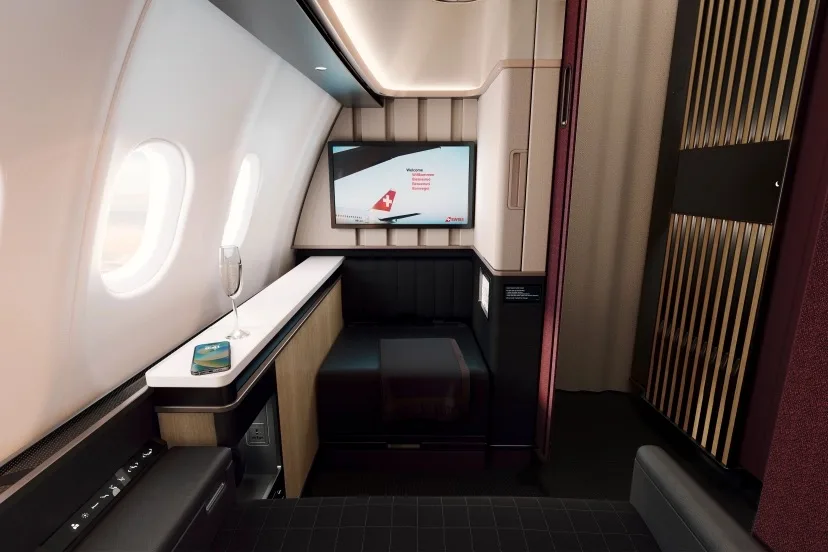
7. SWISS: 240 seats in 30 aircraft
Aircraft Types: 14 Airbus A330-300, 4 A340-300, 12 Boeing 777-300ER
Popular Routes: Zurich–New York JFK, Zurich–Boston, Zurich–Miami, Zurich–Bangkok, Zurich–Delhi
SWISS maintains First Class presence across its long-haul fleet, positioning it as a premium European boutique product. Zurich serves as the central hub, with First Class capacity targeted at financial centers like New York and Boston, alongside long-haul leisure destinations such as Bangkok and Miami.
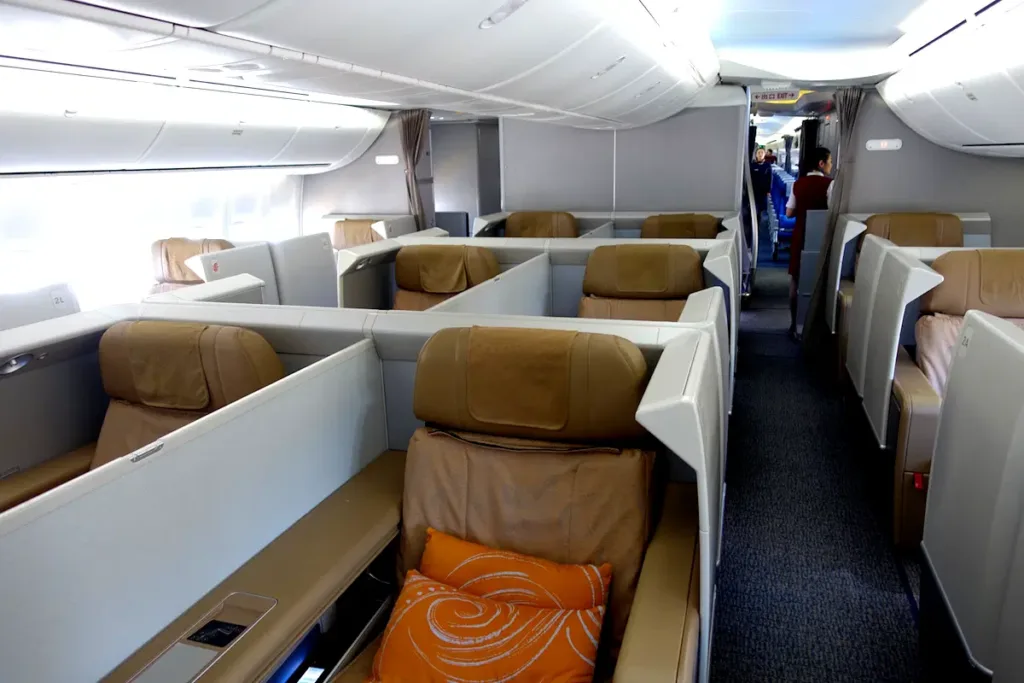
8. Air China: 240 seats in 29 aircraft
Aircraft Types: 2 Boeing 747-400, 7 B747-8, 20 B777-300ER
Popular Routes: Beijing–Shanghai, Beijing–Guangzhou, Beijing–Shenzhen, Beijing–Frankfurt, Beijing–London Heathrow
Air China remains one of the few mainland Chinese carriers still offering First Class, offering it both domestically and internationally. Routes connecting Beijing to other major Chinese cities are among the busiest, though the airline also maintains capacity on long-haul services to Europe.
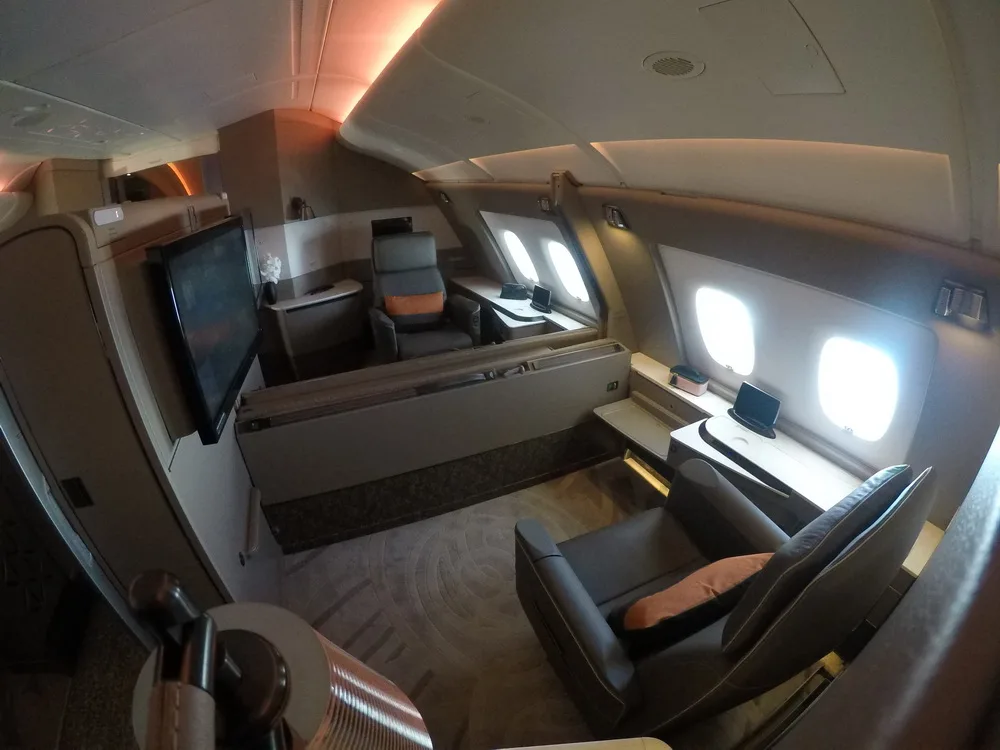
9. Singapore Airlines: 160 seats in 34 aircraft
Aircraft Types: 12 Airbus A380, 22 Boeing 777-300ER
Popular Routes: Singapore–London Heathrow, Singapore–Sydney, Singapore–Frankfurt, Singapore–Jakarta, Singapore–Melbourne
Singapore Airlines has long been known for its ultra-premium cabins. Its A380 suites and Boeing 777 First Class continue to serve as a flagship offering on some of the airline’s most prestigious routes.
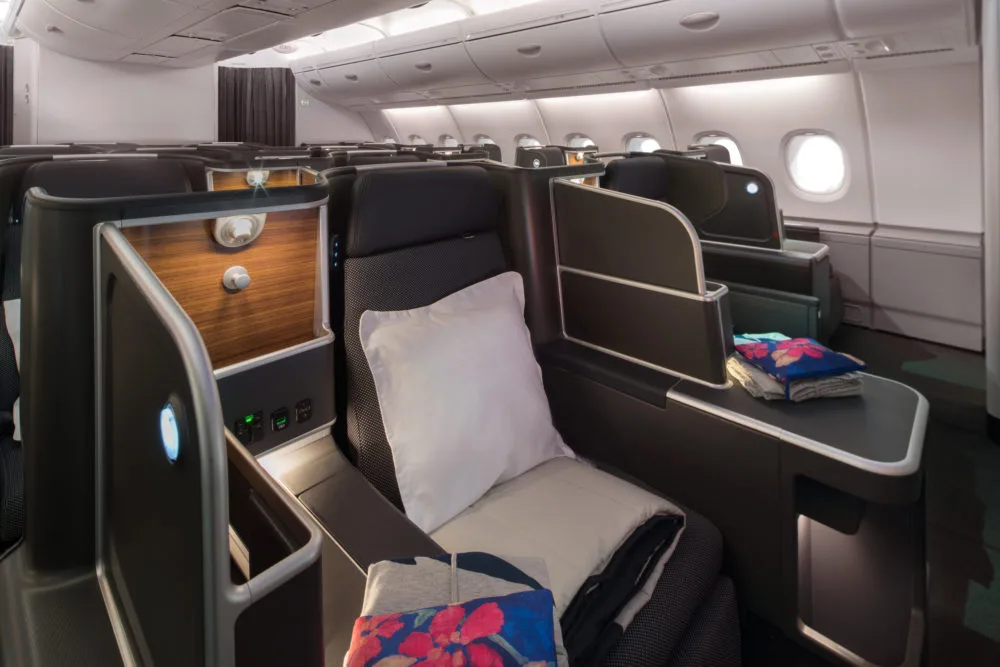
10. Qantas: 140 seats in 10 aircraft
Aircraft Types: 10 Airbus A380
Popular Routes: Sydney–Singapore–London Heathrow, Sydney–Los Angeles, Sydney–Johannesburg, Sydney–Dallas, Melbourne–Los Angeles
Australia’s flag carrier rounds out the list, operating First Class exclusively on the Airbus A380. Qantas reserves the product for ultra-long-haul and premium demands, including nonstop flights to the U.S. and flagship Kangaroo Route flights via Singapore to London.
Bottom Line – Most First Class Seats
Even while First Class capacity declines gradually, it remains a powerful marketing tool and symbol of prestige for the world’s best airlines. Emirates takes the lead with its unmatched global reach, while airlines like British Airways, Lufthansa, and Japan Airlines maintain significant First Class on key intercontinental routes. In Asia-Pacific, Qantas, Singapore Airlines, and Korean Air continue to invest in refinement and not retrenchment.
While others are eliminating their First Class cabins, the above-mentioned airlines are reimagining others. A new generation of First Class suites with increased privacy, larger spaces, and customized service is being developed for upcoming aircraft like the Airbus A350 and Boeing 777X. These developments suggest that even if First Class becomes less common, its allure is far from fading.
As 2025 progresses, competition for the world’s most exclusive airline seats keeps coming on strong, reaffirming that luxury air travel remains a defining feature of aviation’s upper echelon.
Please join our Telegram Channel for the latest aviation updates.

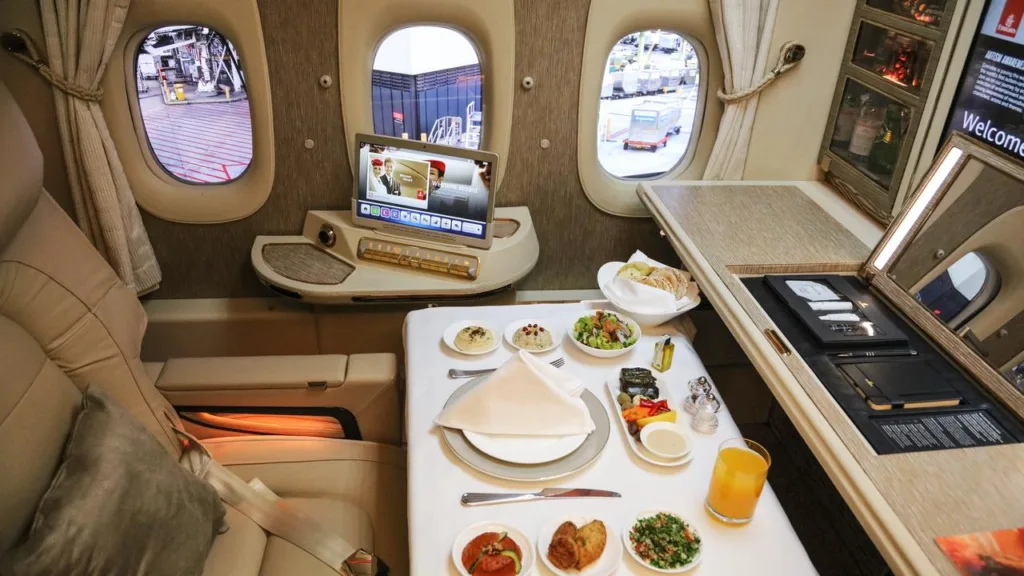
1 Comment
Pingback: US Passport Drops Out of Top 10 in Global Power Ranking - Aero World